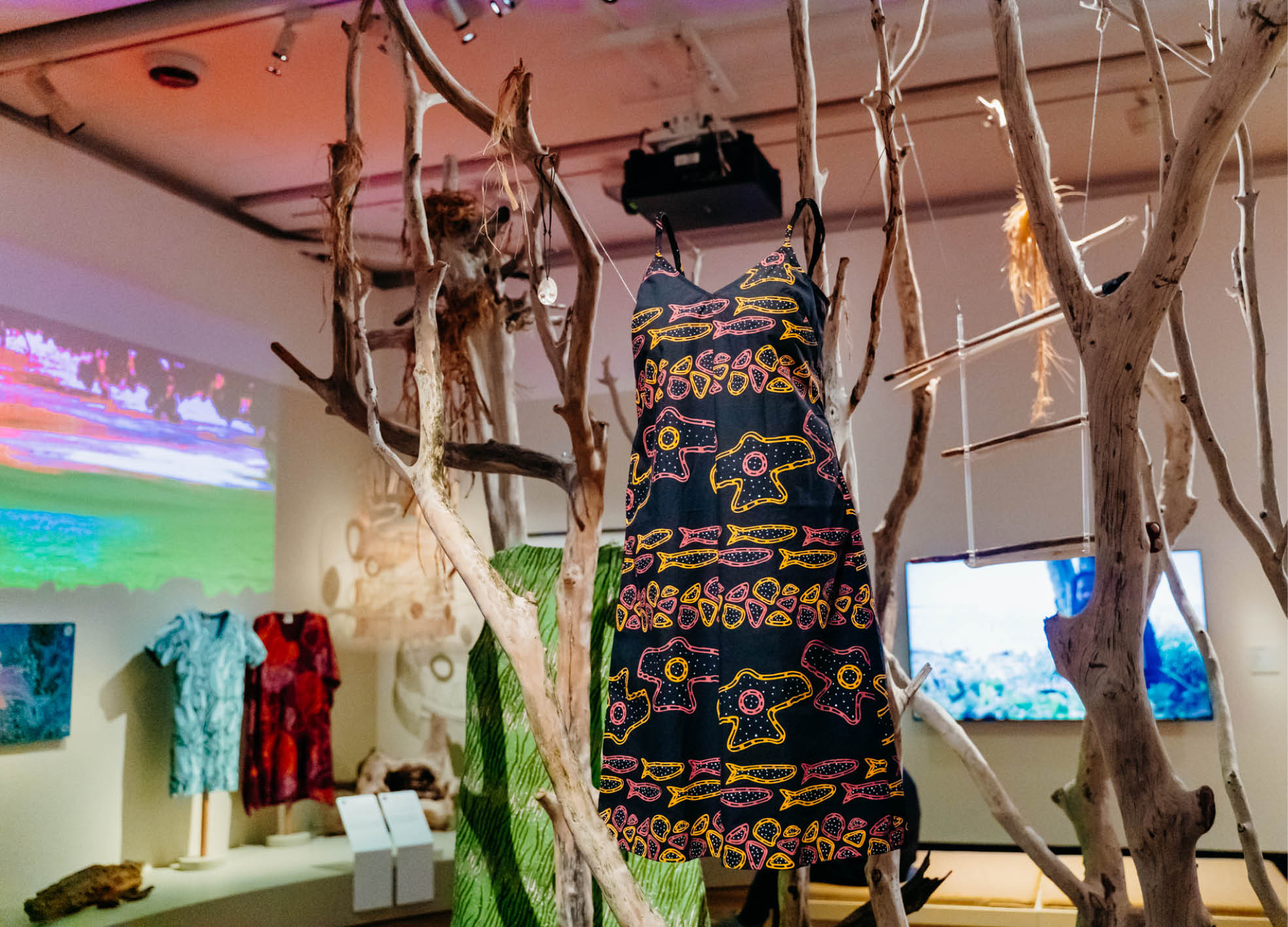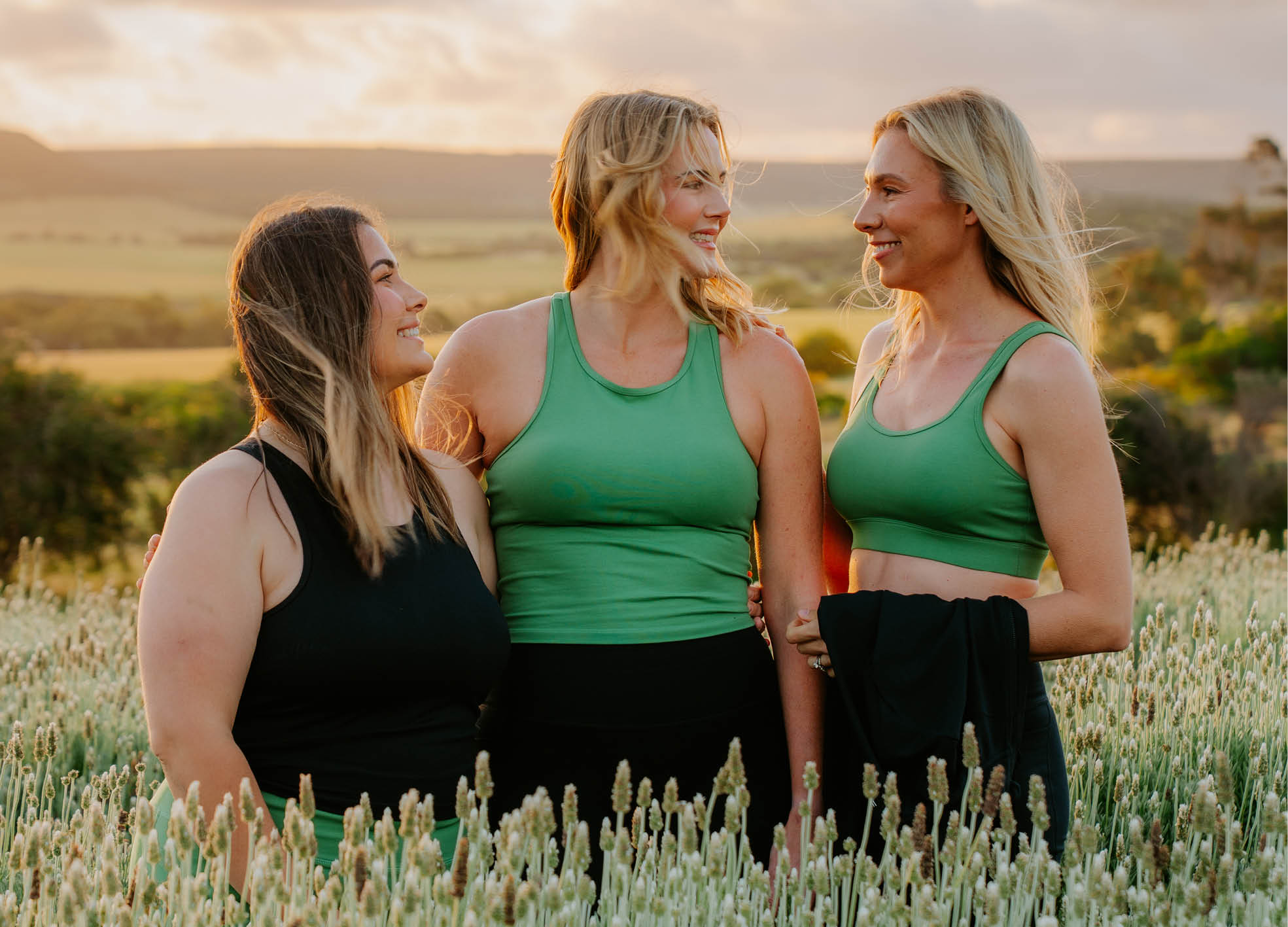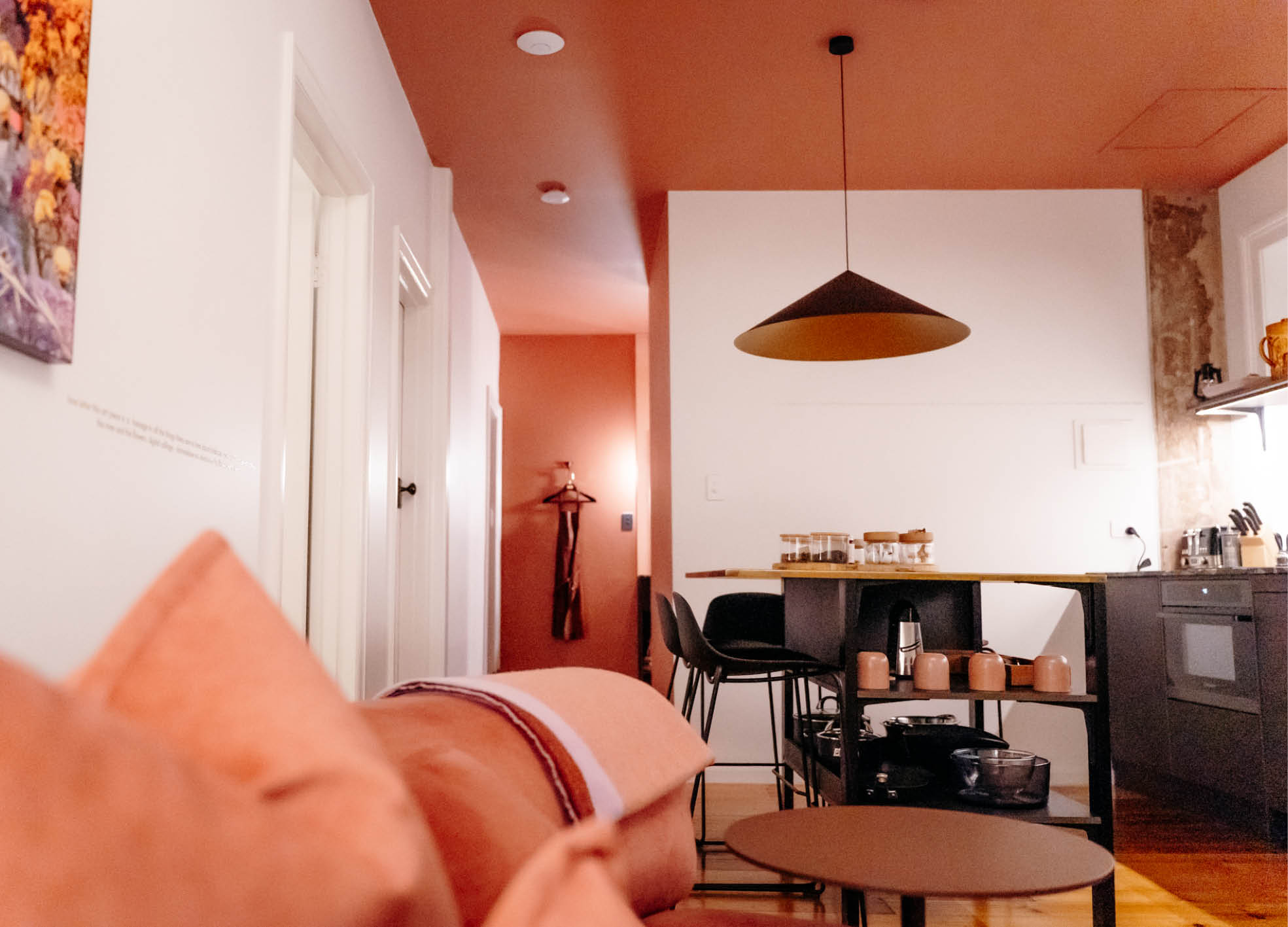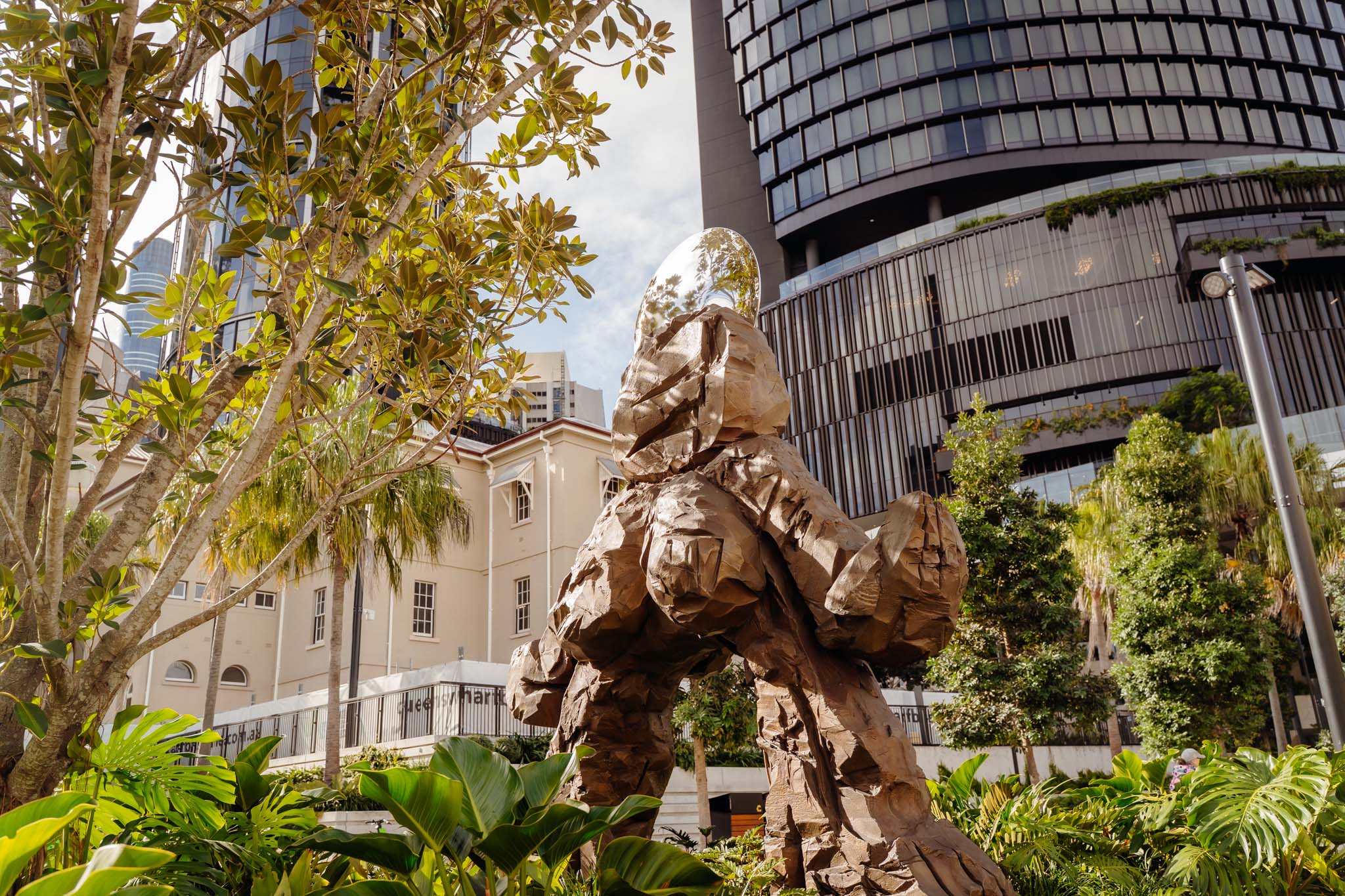The Sewing Detective Investigates: Why Do We Wear White At Weddings?
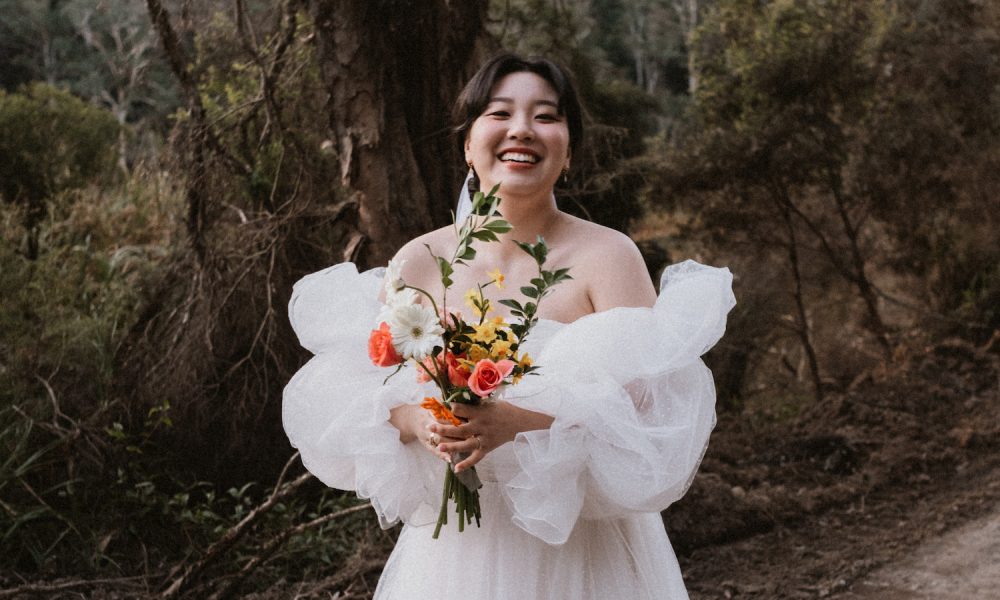
- Words by Peppermint
words BONNIE LISTON above A HOMEMADE WEDDING DRESS BY THE STUNNING @HALFSOYBEAN
As DIY mania continues to dominate, many brides of the crafty variety are opting to make their own wedding dresses. It makes sense – not only is it a garment of immense emotional significance that many would prefer to put time and love into than shell out cash for an overinflated price tag, but making your own dress ensures ultimate control over all the particulars, meaning you can create the wedding dress of your dreams.
Fit, style, fabric, colour – all of it is up to the individual bride’s discretion. But let’s start with colour. Any beguiling bride must first decide whether she will opt for the traditional white or branch out into the bold uncharted territory of weddings while wearing a different colour. Why is white the colour that immediately and implicitly shouts wedding gowns? Sounds like a case for the sewing detective…
Well, we all know why brides wear white, right? Something, something, virginity? Godey’s Lady’s Book (yes, a real publication) claimed in 1849 “that white is the most fitting hue” for brides to wear, stating it is an “emblem of the purity and innocence of girlhood, and the unsullied heart she now yields to the chosen one”.
Why is white the colour that immediately and implicitly shouts wedding gowns? Sounds like a case for the sewing detective…
That’s why in situational comedies involving weddings there are jokes where someone archly says, “You’re wearing white? Really?” the implication being that the woman in question has had premarital intercourse and should be branded with one of the “slut” colours like ecru or, heaven forbid, even champagne.
This is frustrating because slut shaming is tedious, but also because it’s completely ahistorical. Just straight-up wrong. The kind of largely inconsequential misunderstanding that awakens the sewing detective from her slumber and fills her with the unquenchable need to correct and qualify.
Theoretically speaking, in the sense that symbolic meaning is generated by the viewer, the fact that so many people believe this now makes it a valid reading of the semiotics, but in terms of the historical adoption of white as the default wedding dress colour, virginity or lack thereof, had absolutely nothing to do with it.
The widespread adoption of the white wedding dress is relatively recent and can be traced back to the 1840s, more specifically, 1840 exactly and the highly publicised wedding of Queen Victoria and Prince Albert. The blushing 20-year-old bride wore an off-the-shoulder white satin gown, deeply trimmed with lace and accessorised with orange blossoms and myrtle.
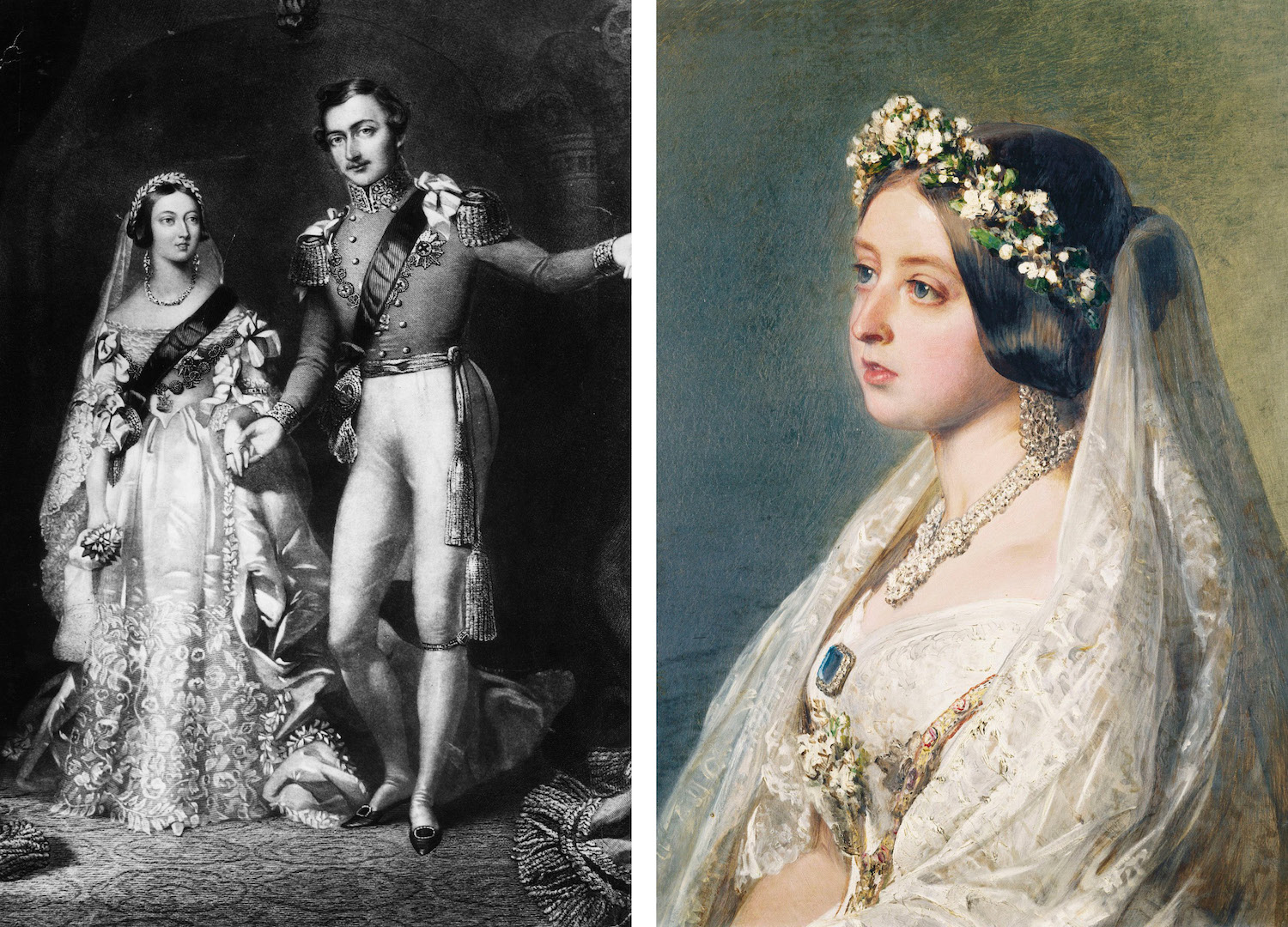
QUEEN VICTORIA’S WEDDING WHITES WERE CAPTURED IN ENGRAVING (S REYNOLDS AFTER F LOCK, 1840) AND PORTRAIT (FRANZ XAVER WINTERHALTER, 1847). IMAGES VIA WIKIMEDIA.
While there was some symbolism of innocence and simplicity– eschewing the red ermine robes of state to marry as man and wife rather than monarch and first cousin – Victoria’s choice of colour was largely practical and political: strategically chosen to support the flagging English textile industry, showcasing London Spitalfield silk and handmade Honiton lace.
Victoria’s wedding occurred at a pivotal moment on the cusp of the Victorian Era, a period of intense technological, economic and societal development – all of which culminated together to give her dress a bombastic influence on wedding history. The rise of print media, newspapers and illustrated magazines spread the romanticised vision of the royal bride clad in white, and economic progress and the rise of the middle class meant more and more brides could afford to buy into the ideal. By the 1890s, the white wedding gown was the expected (though not absolute) choice and as the twentieth century progressed, the ubiquity of the white wedding dress became so ingrained we forgot where it came from and started making up stories about this “age-old tradition”.
This series of events is sometimes simplified down to the idea that Queen Victoria “invented” the white wedding dress, which seriously annoys fashion historians who spend a lot of time thinking about these sorts of things. Queen Victoria was undeniably hugely influential in the large-scale adoption of the concept but by the time she got married, white wedding dresses were by no means unusual or a groundbreaking occurrence.
READ MORE – The Sewing Detective Investigates: The Treasures of the Biscuit Tin
Almost 300 years earlier, Mary Queen of Scots made waves when she wore an extravagant white gown to her first wedding (she had three, it’s a whole thing) to Francis, the Dauphine of France, in 1559. This caused quite a stir because not only were white wedding dresses not on trend at the time, white was in fact the traditional colour of mourning amongst French royalty. This was not an act of protest, some “my grave is like to be my wedding bed” sort of thing – Mary was very pleased to marry Francis (definitely the top three of her husbands) calling herself “one of the happiest women in the world”. She had chosen to buck tradition for the most important of reasons, to whit: she apparently looked slammin’ in white, which set off her auburn hair and hazel eyes to great advantage.
Even earlier than that, Phillippa of England is reported to have worn a tunic with a cloak made in white silk (bordered with grey squirrel and ermine fur) to her wedding with Scandinavian King Eric in 1406. So Victoria wasn’t exactly busting any boundaries when she came on the scene with her white wedding mood board.
For a lot of history, women simply got married in the best dress they already owned. The ‘wedding dress’ was not a completely different genre of fashion as we think of it today, but a nice outfit that represented the bride and her family’s wealth and social standing. Only the wealthiest got a new dress made for the occasion, and that dress was not a one-and-done wedding dress to be packed in your attic. It became the bride’s newest, nicest dress and was expected to be re-worn at future fancy occasions. Even Queen Victoria repurposed and re-wore her iconic white wedding gown many times throughout her life. (And death! She was buried in her wedding veil.)
Only the wealthiest got a new dress made for the occasion, and that dress was not a one-and-done wedding dress to be packed in your attic. It became the bride’s newest, nicest dress and was expected to be re-worn at future fancy occasions.
As such, women were married in all colours of the rainbow. Some practical women had their best dress made in light purple or grey so that it was appropriate for both marriage and mourning. Blue was often a popular colour for blushing brides as it was associated with the Virgin Mary – this is the colour that said, ‘I love purity, chastity and fidelity.’ It is also possibly the reason that brides are still encouraged to include “something blue” in their wedding ensemble today.

THIS LATE FIFTEENTH-CENTURY MEDIEVAL BRIDE OPTS FOR A GOLD AND BLUE FIT. IMAGE VIA THE BRITISH LIBRARY/WIKIMEDIA.
White was a potent symbol but the status it represented was not virginity but wealth.
White is an ostentatious colour and before the invention of effective bleaching techniques, it was difficult to achieve and hard to maintain. A white dress said not only can I afford this dress, but I can also afford the number of servants it takes to keep it clean (many historical brides could not in fact afford this and would re-dye their dress to a more practical colour after the wedding).
In a sense, this is even more true of our white wedding dresses today than when women were consciously aping the style of a royal wedding. As author and historian Summer Brennan says, “Weddings have become a focal point for conspicuous consumption. Not only is the bride expected to acquire a dress that she will never wear again, so are the members of her bridal party – stand-ins for a queen’s ladies in waiting.”
Weddings have become a focal point for conspicuous consumption. Not only is the bride expected to acquire a dress that she will never wear again, so are the members of her bridal party – stand-ins for a queen’s ladies in waiting.
Summer argues that the ghost of Queen Victoria still casts a long shadow over bridal fashion, in more than just colour preference. The shape of Victoria’s dress, with its cinched bodice and large poofy skirt, while the typical formal fashion of her day, to modern eyes, is a style archetypically wedding-dressy – one of the few occasions a woman may ever expect to wear such a thing. In many countries where bridal couture developed completely differently such as China, Japan or India, brides will often now combine a white western gown as well as traditional outfits in their wedding celebrations and photography. As Summer writes, “Although Queen Victoria’s once global empire has since retreated back into the rainy isles from whence it came, the sun never sets on some version of her voluminous white wedding dress, which can be found on brides from Brisbane to Bangkok, Venice to Vladivostok.”
When people say brides want to feel like a princess on their special day, one thinks they don’t realise how literally that is true. So there you have it – the white wedding gown represents the veneration of monarchy, the power of visual media, the commercialisation of marriage and ostentatious displays of wealth but not actually that much about patriarchal standards or virginity at all. The more you know!
FEELING INSPIRED? WHY NOT GET YOUR SEW-ON WITH ALL OUR OTHER CRAFTY GOODNESS!
JOIN OUR MAILING LIST
Brighten up your inbox with our not-too-frequent emails featuring Peppermint-related news, events, competitions and more!
explore
More articles
When you hang a painting on a wall, the story stays put. But when you wear a beautifully made garment that may as well be a piece of art? The story travels. It moves through the world with you –…
We all do it: fire up the car for a 5-minute drive to pick up groceries, drop off sewing supplies, or run a quick errand…
Here’s a question: who decided that natural fibres aren’t a great fit in activewear? For Geraldton mum-of-four Jade Payne, that question became paramount after a…
Fancy a getaway in a heritage building that was once a hospital, an orphanage AND a school in a previous life? Despite what your initial…
When the algorithm gods reward dance trends over hand-thrown ceramics, and building a website feels more stressful than a tax return, where’s a maker to…
Time-travelling lungfish floating in a mosaic of glass tiles, a four-breasted female empowerment goddess cast in bronze, and a striking botanical sculpture spanning 15 metres,…
Hang out with us on Instagram
“Crafting is something that has come naturally since I was small and I just haven’t stopped. When I was smaller, I was interested in the end result. As I’ve gotten older, I realise it’s the process that keeps me coming back to craft. It’s a meditative state for me and I find the repetitive action of the stitching and felting quite therapeutic.”
Craving a world filled with warmth and whimsy? It’s all in a day’s work for textile artist @Cat_Rabbit, whose latest book, ‘Trinkets’, is bursting with felty food friends to make and cherish. Cat invited us into her universe, filled with cheeky characters, layered storytelling and loads of humour.
Plus: try the super sweet pattern for Cat’s Lucky Pickle, perfect to make as a stocking stuffer, extracted from Trinkets.
Read more from our ‘Just felt right’ feature in Issue 64, at newsagents and stockists now!
Photos: Tatanja Ross @On_JacksonStreet and Cat Rabbit
#PeppermintMagazine #CatRabbit #LuckyPickle #Craft #Crafting #Felting #FeltCrafts #Trinkets #ChristmasDecorations

Our hearts go out to everyone impacted by the Bondi Beach violence, especially the Jewish community. Also to the beachgoers, those who bravely helped and the first responders.
While it`s easy – and understandable – to get caught up in the horror of it all and direct anger at certain groups, remember this quote from teacher and author Erin Gruwell: "Don`t let the actions of a few determine the way you feel about an entire group."
“You don`t fight racism with racism. You fight racism with solidarity," said Bobby Seale of the Black Panthers. And solidarity is exactly what we need right now.
If you are feeling overwhelmed, you are not alone. Remember there is much more kindness in the world than hate. ❤️🩹
@LifelineAustralia has created a Bondi Beach Incident: Wellbeing support guide, where you’ll find information about common reactions, reassurance that what you’re feeling is valid, and ideas for taking care of your wellbeing.
https://lifeline.org.au/bondi-incident
You can also call Lifeline on 13 11 14, text on 0477 13 11 14 or chat at lifeline.org.au/crisis-chat anytime, no matter how this has impacted you.
@BeyondBlueOfficial is also available with free 24/7 support by phone on 1300 22 4636 or webchat at https://www.beyondblue.org.au/
Register.Find.Reunite. has been activated by @RedCrossAu to help people reconnect with family and friends. Visit redcross.org.au to access the service.
@NSWPolice Public Information and Inquiry Centre (PIIC) is operating 24/7 on 1800 227 228 for information relating to people impacted.
@LifeBloodAu is supporting Sydney hospitals. O- and O+ blood are always in high demand in emergencies. To donate (from anywhere in Australia – all states are welcome and helpful!) call 13 14 95 or use the Lifeblood app.

Just a reminder… from @SugarHouseCeramicCo
This holiday season be kind, patient and shop local!
#ShopSmall #ShopLocal #SupportSmallBusiness

✨️ Our website is getting a glow-up! ✨️
Sorry for the inconvenience but it will be offline for a few days. You can still purchase subscriptions (perfect for chrissy presents!) via the links on the holding page.
Last year we were extremely excited to receive funding from the Meta Australian News Fund, in partnership with the Walkley Foundation. The result of this is a fabulous new website, with a sustainable fashion and sewing directory that will follow early next year. We`ve worked with the lovely Amy and Jenny at @CrumpetClubHouse who have been making the magic happen – we can`t wait to show you the outcome! ✨️
In the meantime, please get in touch if you need help with anything – hello@peppermintmag.com
We`ll see you on the other side! 🌈

🎀 12 DAYS OF XMAS GIVEAWAYS 🎀
🎄On the 12th day of Christmas, we’re giving away… a GREENPAN FROST ICE CREAM & FROZEN DRINK MAKER! 🎄
Ice, ice, baby! Calling all kitchen magicians and dessert devotees: it’s time to churn, blend and devour your way to frozen heaven. It’s our final giveaway – and hoo girl, it’s a goodie! Thanks to the clever folks at @TheOriginalGreenPan.Anz, one reader will cool their mitts on the Frost Ice Cream & Frozen Drink Maker – perfect for conjuring up home-made gelato, sorbet, smoothies, slushies and more!
Valued at $599, the Frost Ice Cream & Frozen Drink Maker is designed with GreenPan’s signature Thermolon™ ceramic non-stick coating, so you can whip up summer-ready sweet treats free of PFAS, PFOA, lead and cadmium.
To snag this frosty prize, follow @TheOriginalGreenPan.Anz and tag a friend in the comments below before midday AEST 15 December! (Australian and New Zealand addresses only, please.) Good luck!
Update: The lucky winner of our final giveaway is @just__for__van - congrats! We`ll dm to get your details. Well done! 🎉
#PeppermintMagazine #12DaysOfChristmas #12DaysOfGiveaways #GreenPan

Oh hey 👋🏼 Just a little reminder that our subscriptions are sent in paper envelopes, which is a bit of a rarity in our industry. 💅🏼
If you need more reasons to subscribe, how about these:
💌 Enjoy a new issue arriving in your letterbox every six months.
💌 Subscribers exclusively receive FOUR digital sewing patterns per year!
💌 You’ll be the first to get your hands (and needles) on our patterns with early access.
💌 Get a 20% discount code on back issues of Peppermint so you can start your collection today!
💌 Automatically go in the draw to win amazing prizes each issue.
💌 Feel good about your subscription arriving in plastic-free postage.
💌 Support a small, women-led Australian business.
💌 Help us make the world a better place!
And... it`s a perfect Christmas present! We have a downloadable card you can print to go with your gift.
💌 Link in bio!
#PeppermintMagazine #SupportSmallBusiness #ShopLocal #ShopSustainable #PlasticFree











